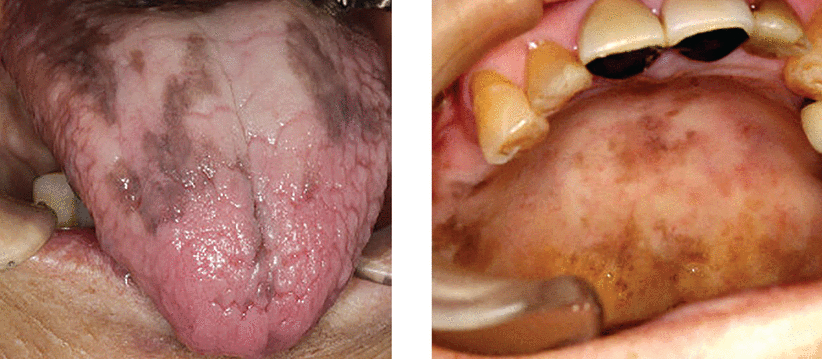Hyperpigmentation: A Potential Indicator of Addison Disease and Its Implications in Diagnosing Adrenal Insufficiency

A recent article in the Cleveland Clinic Journal of Medicine presents a case study of a 66-year-old woman who was diagnosed with Addison disease, an uncommon condition characterized by the destruction of the adrenal cortex. The patient’s hyperpigmentation, which she had noticed over 20 years ago, served as a clue to her diagnosis.
Key Points
- The patient presented with generalized fatigue and loss of appetite.
- She had undergone a kidney transplant at age 52 and was treated with tacrolimus and mycophenolate.
- Physical examination revealed hyperpigmentation of her tongue, soft palate, buccal mucosa, lower lip, fingers, and nail beds.
- Laboratory testing showed elevated levels of potassium and adrenocorticotropic hormone (ACTH), among other findings.
- The patient’s symptoms improved slightly after one month of glucocorticoid-replacement therapy.

According to the National Institute of Diabetes and Digestive and Kidney Diseases (NIDDK), Addison disease affects 110 to 144 per 1 million people in developed countries.
More in Nephrology
 PATIENT EDUCATION
PATIENT EDUCATION  OBESITY/WEIGHT MANAGEMENT
OBESITY/WEIGHT MANAGEMENT  EXERCISE/TRAINING
EXERCISE/TRAINING  LEGAL MATTERS
LEGAL MATTERS  GUIDELINES/RECOMMENDATIONS
GUIDELINES/RECOMMENDATIONS 